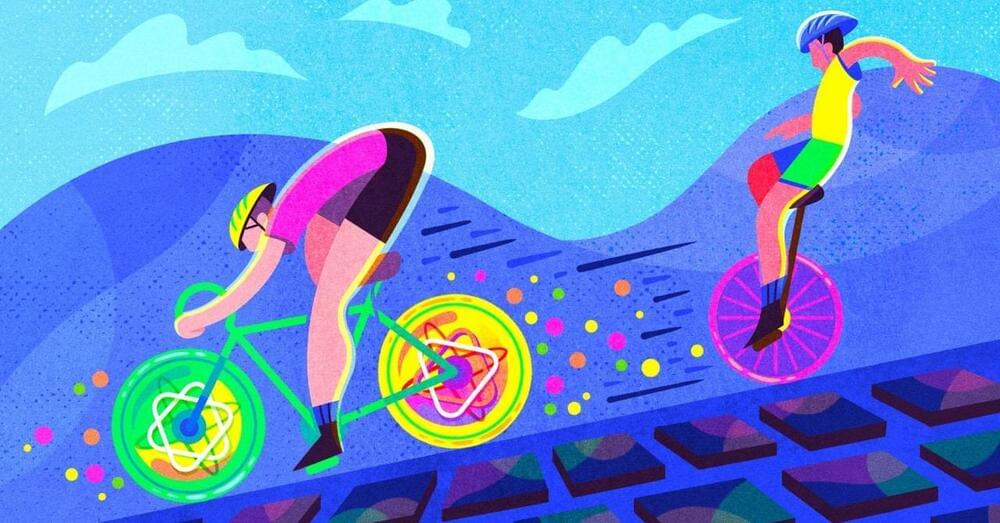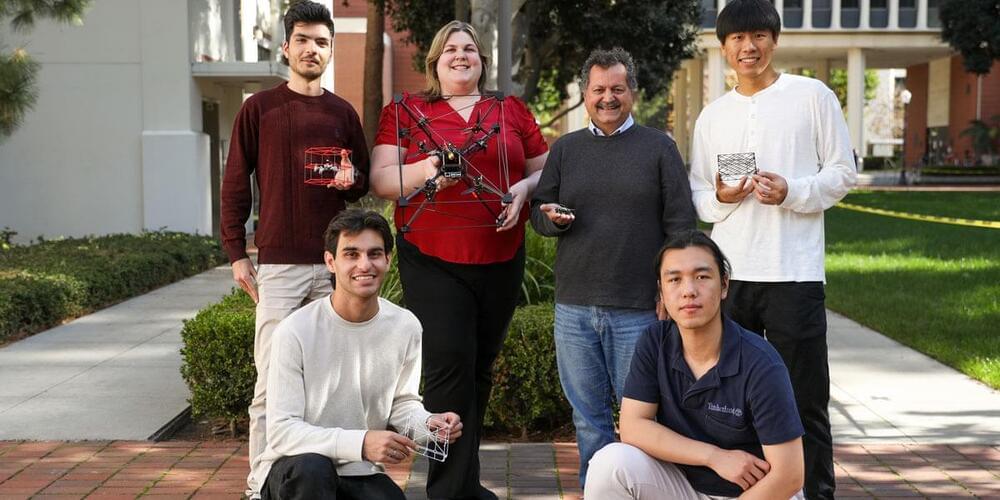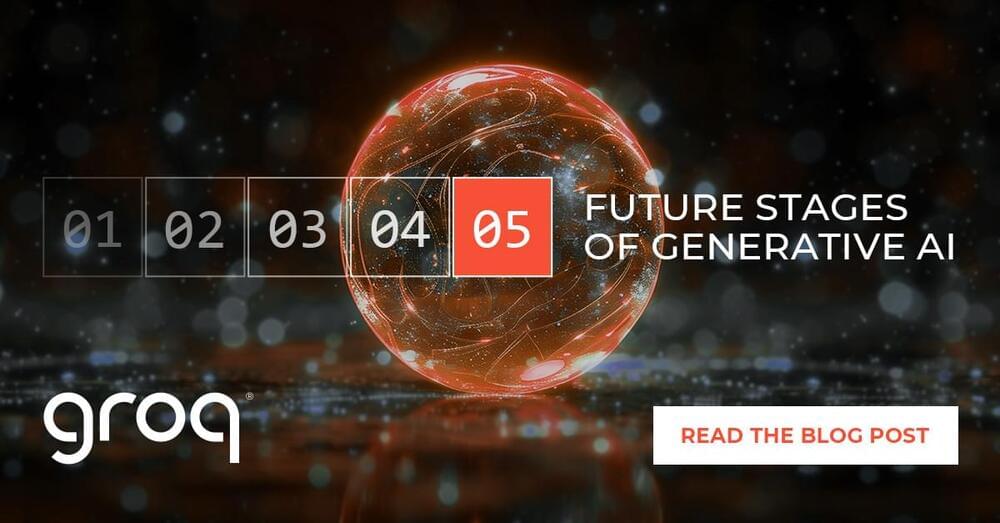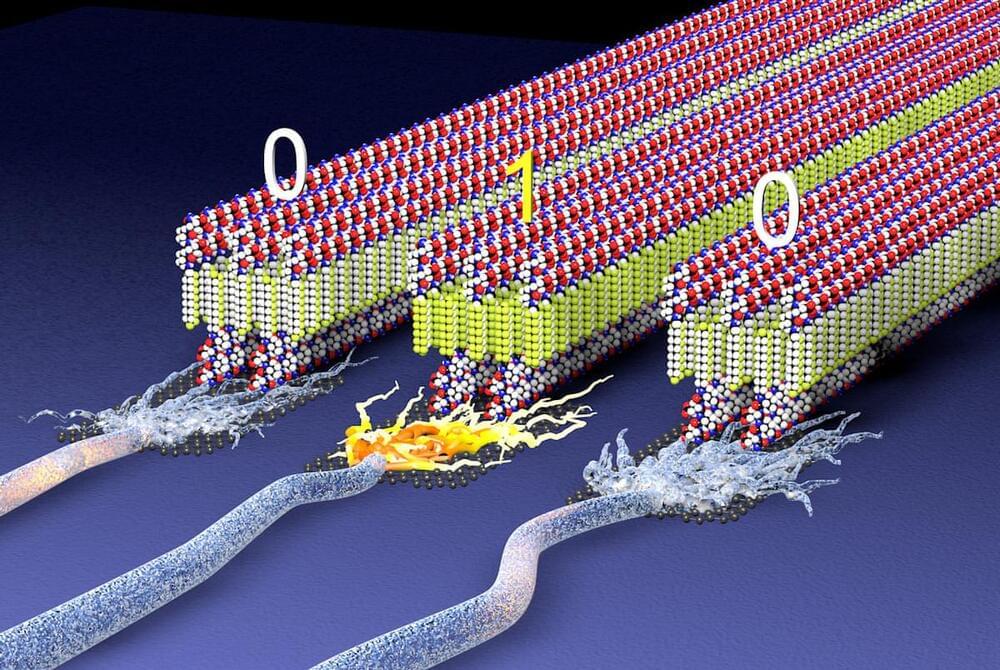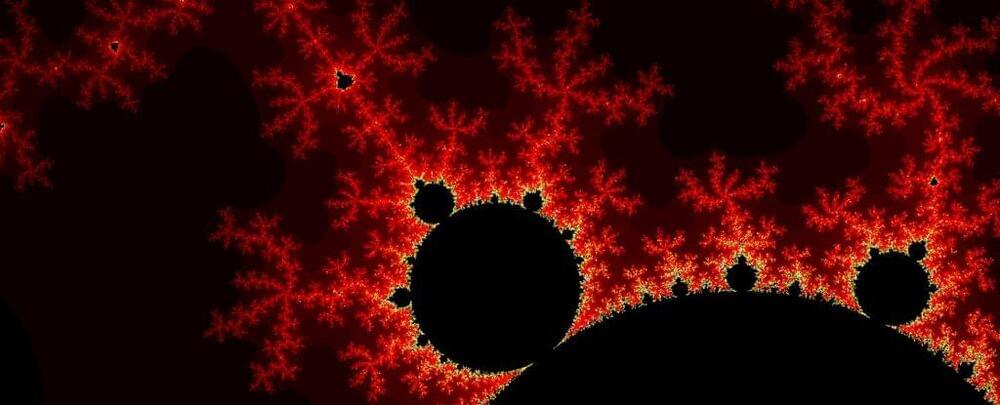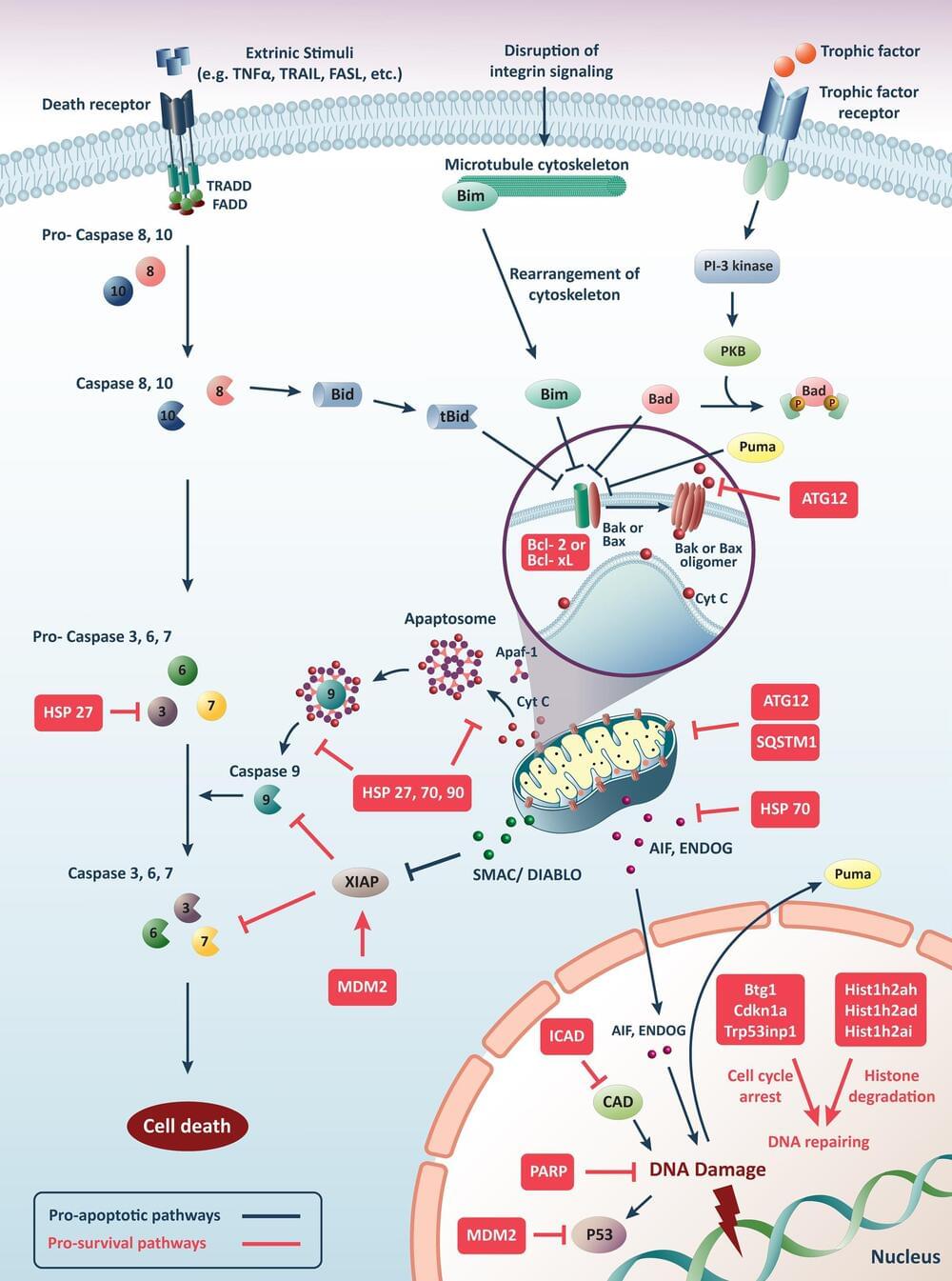Nov 10, 2024
The Incredible Power of Quantum Memory
Posted by Jose Ruben Rodriguez Fuentes in categories: quantum physics, robotics/AI
The combined results also speak to a more fundamental goal. For decades, the quantum computing community has been trying to establish quantum advantage —a task that quantum computers can do that a classical one would struggle with. Usually, researchers understand quantum advantage to mean that a quantum computer can do the task in far fewer steps.
The new papers show that quantum memory lets a quantum computer perform a task not necessarily with fewer steps, but with less data. As a result, researchers believe this in itself could be a way to prove quantum advantage. “It allows us to, in the more near term, already achieve that kind of quantum advantage,” said Hsin-Yuan Huang, a physicist at Google Quantum AI.
But researchers are excited about the practical benefits too, as the new results make it easier for researchers to understand complex quantum systems.
